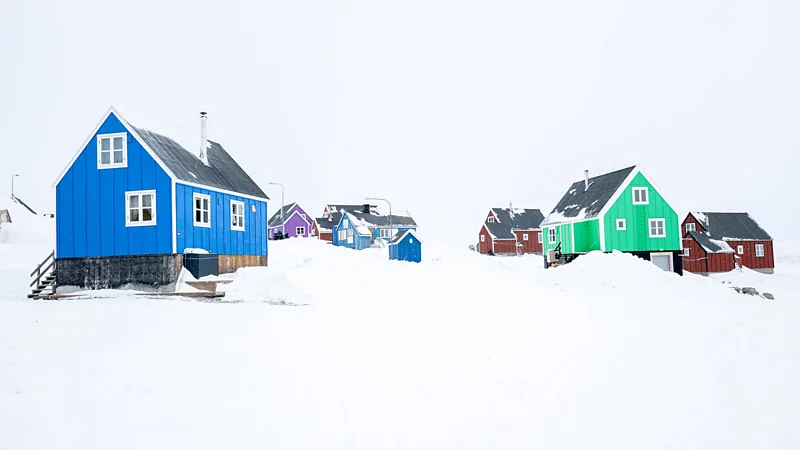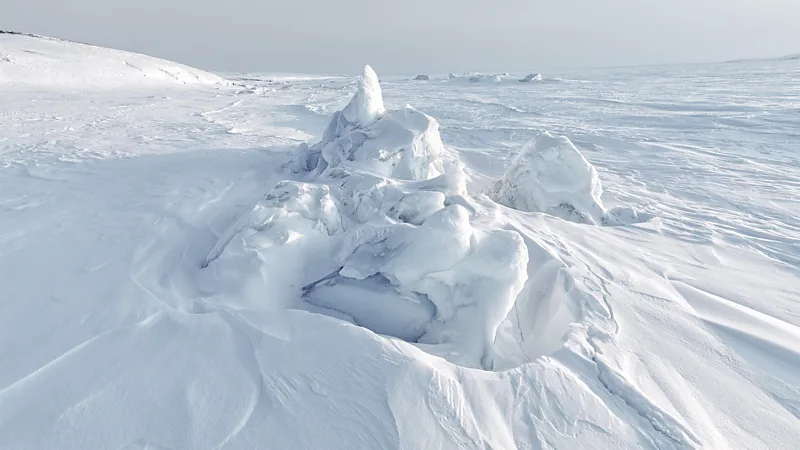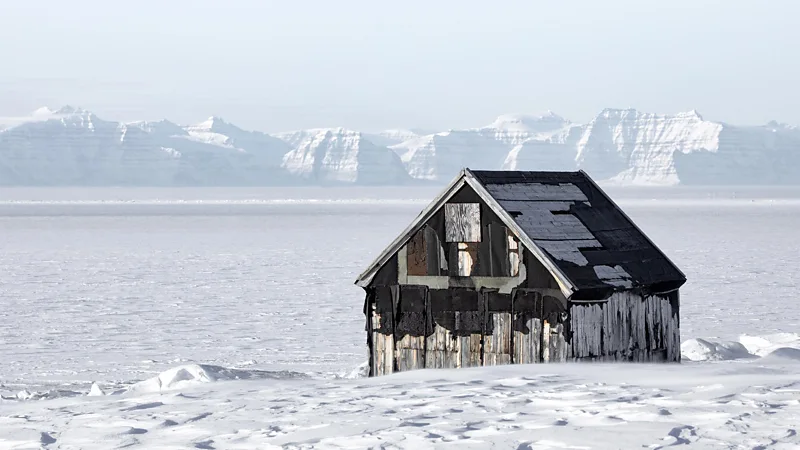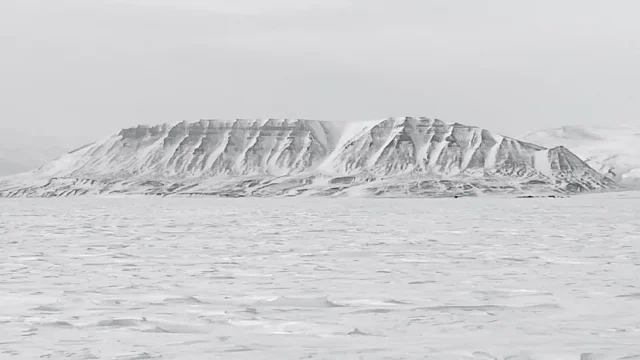Introduction: Ittoqqortoormiit Greenland
In an increasingly connected world, finding true remoteness has become a rare experience. However, there are still places on Earth where isolation is not just a reality but a way of life. One such place is Ittoqqortoormiit, Greenland, a small village located 800 kilometers from the nearest town. Ittoqqortoormiit, Greenland, is one of North America‘s most remote and isolated communities, located on the eastern coast amidst stunning Arctic landscapes. Frozen in for nine months each year, Ittoqqortoormiit offers a unique glimpse into life at the edge of the world. This guide explores a once-in-a-lifetime photographic expedition to this remote Arctic community, shedding light on the challenges and beauty of living in one of the most isolated places on Earth.
Ittoqqortoormiit: A Village at the Edge of the World
Ittoqqortoormiit (pronounced: it-ockor-tormit) is a small village with a population of just 370 people. The village is nestled between the world’s largest national park to the north and the world’s largest fjord system to the south. This remote settlement is situated above the Arctic Circle at 70°N, surrounded by an untamed wilderness that is home to polar bears, musk oxen, and millions of seabirds. For nine months of the year, the village is encased in sea ice, cutting it off from the rest of the world. The only ways to reach Ittoqqortoormiit are by helicopter, boat (during the brief summer), snowmobile, or via one of two weekly flights to the Nerlerit Inaat airport, located 40 kilometers away.
The Challenges of Life in Ittoqqortoormiit
Life in Ittoqqortoormiit is not for the faint of heart. The village’s Inuit inhabitants have adapted to the harsh conditions by relying on the frozen sea as a lifeline, using dog sleds to travel and hunt. However, the village’s population has been shrinking in recent years, with a 35% decline since 2006. Many young people are leaving to pursue education and careers in cities, moving away from the traditional Arctic hunting lifestyle of their ancestors. Additionally, the effects of climate change are becoming increasingly apparent, with rising temperatures causing the sea ice to freeze later and melt earlier. This shift poses a threat to the community’s culture and way of life.
A Photographic Expedition into the Arctic Wilderness
Earlier this year, I embarked on a winter expedition to Ittoqqortoormiit, organized by renowned photographer Joshua Holko. The journey was more than just a photography trip; it was an adventure that pushed me to my limits. After flying from Reykjavík to Nerlerit Inaat, I spent five days on the pack ice in temperatures that dropped as low as -40°C. The experience was both physically and mentally challenging, with nights spent in tents and small hunter huts lacking basic amenities like running water, heating, or beds. The harsh conditions were a stark reminder of the resilience required to live in such an unforgiving environment.
The Role of Inuit Guides
The success of the expedition was largely due to the expertise of our Inuit guides, Åge Danielsen and Manasse Tuko. These skilled hunters and guides transported us across the ice on dog sleds, offering us the chance to capture some of the Earth’s most stunning polar landscapes. The Greenland sled dogs, or qimmiit in the Inuit language Kalaallisut, played a crucial role in the journey. These large, husky-like dogs have been integral to Inuit culture for over a thousand years, representing a deep connection to the land and the traditional way of life. The dogs’ quiet demeanor compared to snowmobiles also improved our chances of photographing wildlife in its natural habitat.
Encounters with Musk Oxen
One of the most memorable moments of the expedition occurred when we encountered a group of musk oxen. These prehistoric-looking creatures, with their imposing size and long, flowing fur, stood on a distant ridge as we approached cautiously. Musk oxen, weighing up to 400 kilograms, are known for their skittish and aggressive behavior. We spent an hour photographing these magnificent animals before they retreated into the mountains. This experience highlighted the delicate balance between observing wildlife and respecting their space in this remote wilderness.
The Inuit Hunter’s Life
During the expedition, Danielsen invited us to stay at his hunting hut, located 25 kilometers from Ittoqqortoormiit. The small, brightly painted blue hut was strategically positioned for spotting polar bears on the pack ice. Inside, the simple furnishings and the large slaughter hook hanging from the ceiling reminded us of the traditional hunting lifestyle that Danielsen and his ancestors have lived for generations. Despite the challenges posed by climate change, Danielsen remains dedicated to his hunting heritage, passing down these skills to his children. His hope is that his youngest son will continue the family tradition in the future.

The Art of Survival in the Arctic
As we traveled across the frozen landscape, I was struck by the beauty and serenity of the Arctic wilderness. The light was magical, casting soft rays over the blue-toned ice, while towering icebergs and natural ice sculptures created a photographer’s paradise. The absence of light pollution allowed the Northern Lights to dance across the sky, adding to the surreal experience. This connection between the Arctic environment and the Inuit culture is deeply ingrained, with even the Northern Lights holding significance as the souls of children playing with a walrus skull.

The Elusive Polar Bear
Our journey eventually brought us to Kap Hope, a small settlement of huts located 14 kilometers west of Ittoqqortoormiit. Exhausted and cold, we settled in for the night, only to be awakened the next morning by Danielsen’s excited shout of “Polar bear!” The sight of a polar bear, the Arctic’s apex predator, roaming the ice in the distance was both thrilling and humbling. Although the bear remained too far away for close-up photographs, the experience of witnessing this magnificent creature in its natural habitat was unforgettable. The polar bear, often referred to as the “ghost of the Arctic” for its ability to blend into its surroundings, epitomizes the wild and untamed nature of the region.

Life in Ittoqqortoormiit: A Blend of Tradition and Change
Returning to Ittoqqortoormiit after nearly a week in the wilderness was a jarring experience. The village’s brightly painted houses stood in stark contrast to the vast, white landscape, and the presence of snowmobiles and chained sled dogs hinted at the community’s unique way of life. Despite the challenges they face, the residents of Ittoqqortoormiit are proud of their heritage and resilient in the face of change. The village is now positioning itself as a destination for adventurous travelers, offering experiences that few people on the planet will ever have the chance to enjoy.
Conclusion: Ittoqqortoormiit Greenland
Ittoqqortoormiit, Greenland, is a place where the old and new worlds collide, where tradition meets modernity, and where the challenges of climate change are felt firsthand. This remote village offers a rare opportunity to witness life at the edge of the world, where the harshness of the environment is matched only by the resilience and determination of its inhabitants. Through this photographic expedition, I gained not only stunning images of one of the most isolated places on Earth but also a deep appreciation for the people who call it home.











